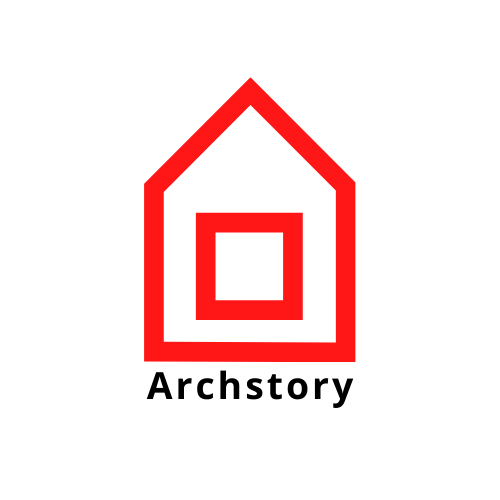
Steven Holl Architects-Institute for Contemporary Art at VCU
버니지아 주 리치먼드에 있는 버지니아 커먼웰스 대학교 캠퍼스 가장자리에 위치한 새로운 현대미술연구소는 대학교를 주변 지역 사회와 연결한다. 리치먼드의 가장 번화한 교차로에 있는 이 건물은 개방적인 느낌을 주는 대학의 관문 역할을 한다. 주출입구는 퍼포먼스 공간과 포럼의 교차로 형성되며 교차로의 'XY'움직임에 수직 'Z'요소가 추가된다. 이 교차하는 몸체의 비틀림은 "현재의 평면"에 의해 "분할 시간"의 갤러리에 연결된다.
이 건물은 전면이 이중으로 되어 있다. 한쪽은 도시에 열려 있고 다른 한쪽은 도시와 캠퍼스를 연결하는 조각 정원에서 포럼까지 열려 있다. 외부 무광 반투명 유리와 미리 풍화된 티타늄 아연 스킨은 동일한 녹색, 회색 색조를 공유하여 건물에 빛에 따라 단일 불투명에서 다양한 반투명으로 변화하는 존재감을 부여한다.
Sited at the edge of the Virginia Commonwealth University campus in Richmond, Virginia, the new Institute for Contemporary Art links the University with the surrounding community. On the busiest intersection of Richmond at Broad and Belvidere Streets, the building forms a gateway to the University with an inviting sense of openness. The main entrance is formed by an intersection of the performance space and Forum, adding a vertical “Z” component to the “X-Y” movement of the intersection. The torsion of these intersecting bodies is joined by a “plane of the present” to the galleries in “forking time.”
The idea of “forking time” suggests that in the world of contemporary art there are many parallel times. The notion of one ongoing time and its “grand narrative” of history is questioned. The new Institute for Contemporary Art is organized in four galleries, each with a different character. Flexibility allows for four separate exhibitions, one continuous exhibition, or combinations. Galleries can be closed for installations without affecting the circulation to the others. One can begin the sequence through the four galleries by taking the oversized elevator to the top and circling down, or by beginning at the lower gallery of the Forum and moving up. Exposed concrete beams and planks in the galleries complement the concrete floors. As flexible spaces, the galleries can accept suspended art or projects anchored to the floor slab.
Vertical movement along the “plane of the present” links the galleries, the performance space, the sculpture garden and Forum. Along this architectural promenade, the integration of all the building elements can be experienced in changing views.
The 41,000-square-foot building has a double front: one side opens from the city, the other from the sculpture garden to the Forum, linking city and campus. On the ground level, the café opens directly onto the sculpture garden, as does the ground-level gallery. Pivot doors allow opening events to spill out into the garden. Paved in bluestone slabs and gravel, the garden is planted with gingko trees. A large reflecting pond of recycled water shapes the sense of this garden as a “Thinking Field.”
The building is an experience of movement in time around the exterior as well as the interior. Approaching on foot from the west (from the University), the building unfolds in the parallax of changing perspectives. As you walk, the crunch of gravel under your feet is complemented by a view that gradually opens to reveal the Forum. If you arrive by car from the north, east, or south, the double-vertical geometry in torsion marks a gateway presence, which changes shape as the car passes by. At night, glowing planes of obscure glass activate the exterior. Video projections may appear on these obscure glass walls, animating the outdoor space with art.
The 240-seat flexible performance space is fully equipped for film, theater, dance, and music performances. It connects the first floor with the second, where an overlook from the galleries provides an unexpected view between visual and performing arts.
The exterior matte translucent glass and pre-weathered titanium zinc skin share the same greenish-grey tonality, giving the building a shifting presence, from monolithic opaque to multifarious translucent, depending on the light. The four rooftop gardens include a sculpture terrace on the second level for site-specific artist installations. The LEED Gold building is heated and cooled with geothermal wells, harvesting the same amount of energy during the winter to heat the building as it restores in the summer to cool the building.
The Institute for Contemporary Art will be a new gateway and catalyst, linking the University and the city of Richmond. With its inviting double-fronted forum opening to a serene sculpture garden, it will provide spatial energy for the most important cutting-edge contemporary art exhibits. Propelled by VCU’s top-ranked School of the Arts, the ICA's architecture is an instrument for exhibitions, film screenings, public lectures, performances, symposia, and community events, engaging the University, the city, and beyond.
Photography by Iwan Baan













from archdaily
'Culture' 카테고리의 다른 글
| -부다페스트 민족학 박물관 [ NAPUR Architect ] Museum of Ethnography Budapest (0) | 2022.06.19 |
|---|---|
| -번드 금융 센터 지구 문화센터 [ Foster+Partners+Heatherwick Studio ] Bund Finance Centre (0) | 2022.06.18 |
| -다통 미술관 [ Fotser+Partners ] Datong Art Museum (0) | 2022.06.07 |
| -리마 컨벤션 센터 [ ACXT ] LCC (0) | 2022.06.06 |
| -버밍엄 도서관 [ Mecanoo ] Library of Birmingham (0) | 2022.06.05 |
